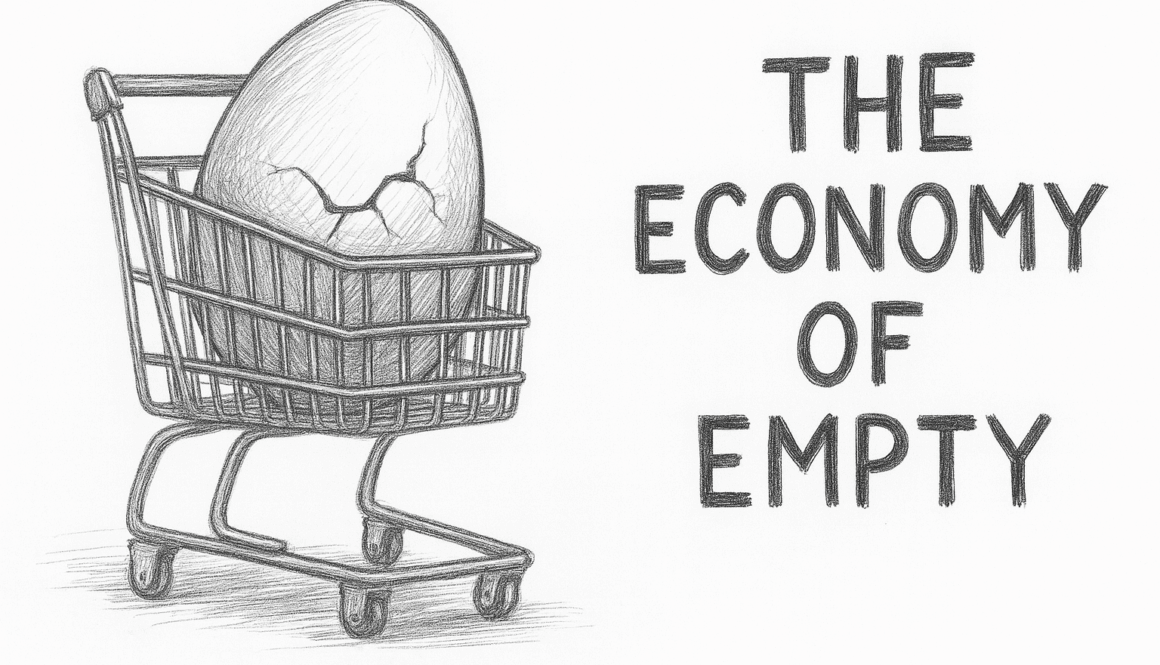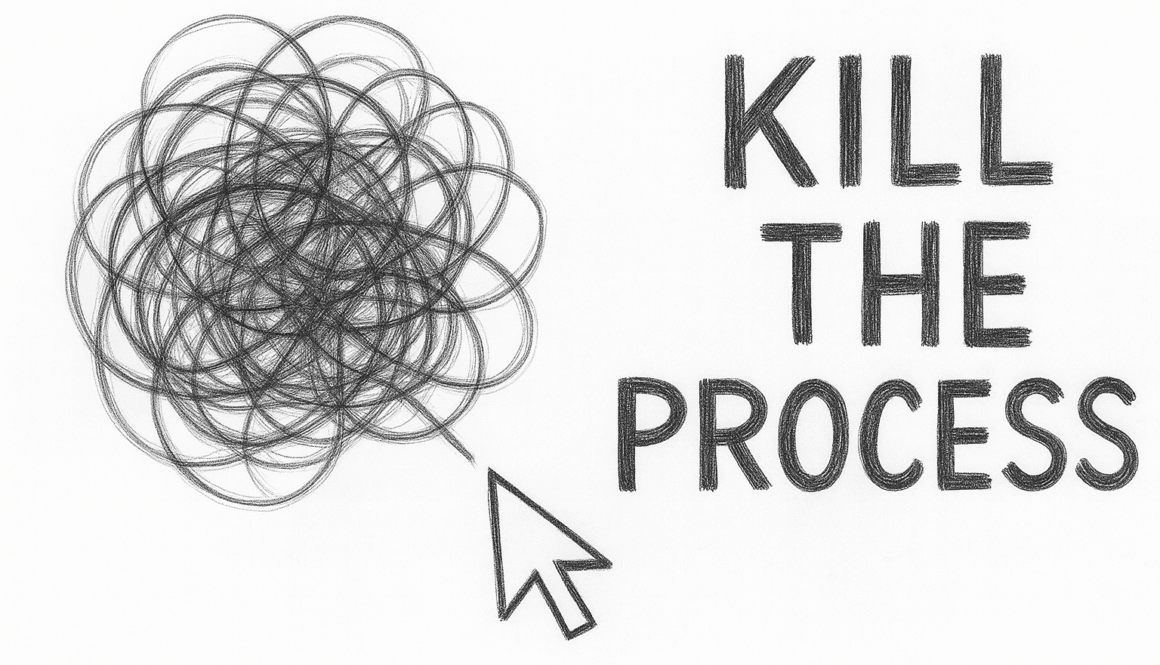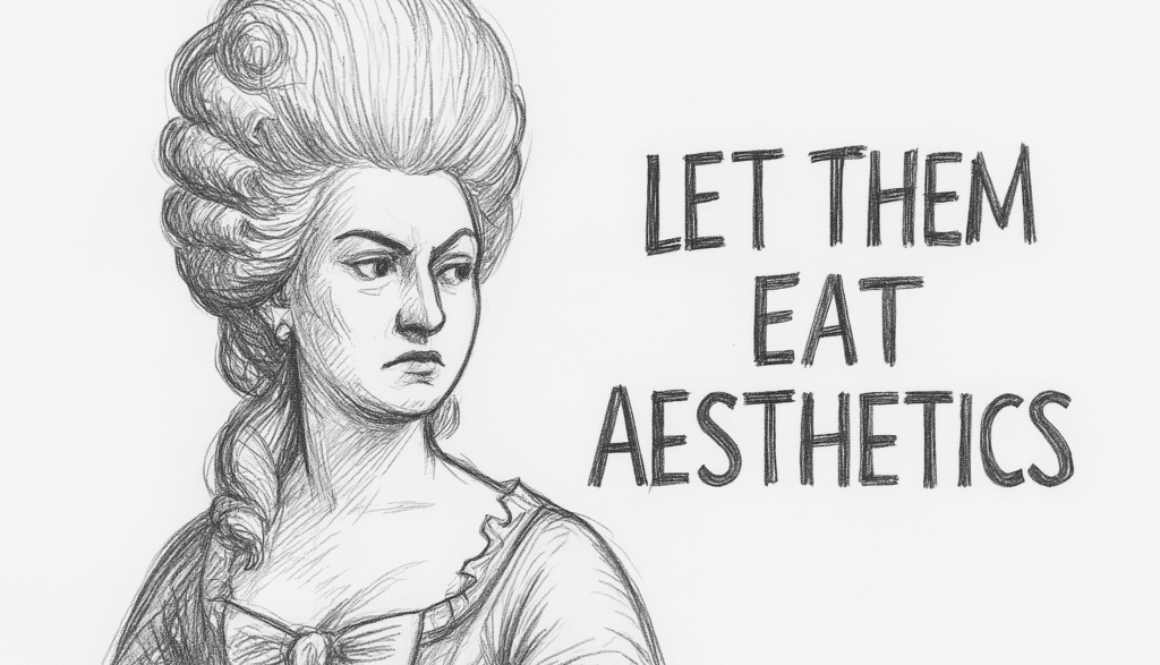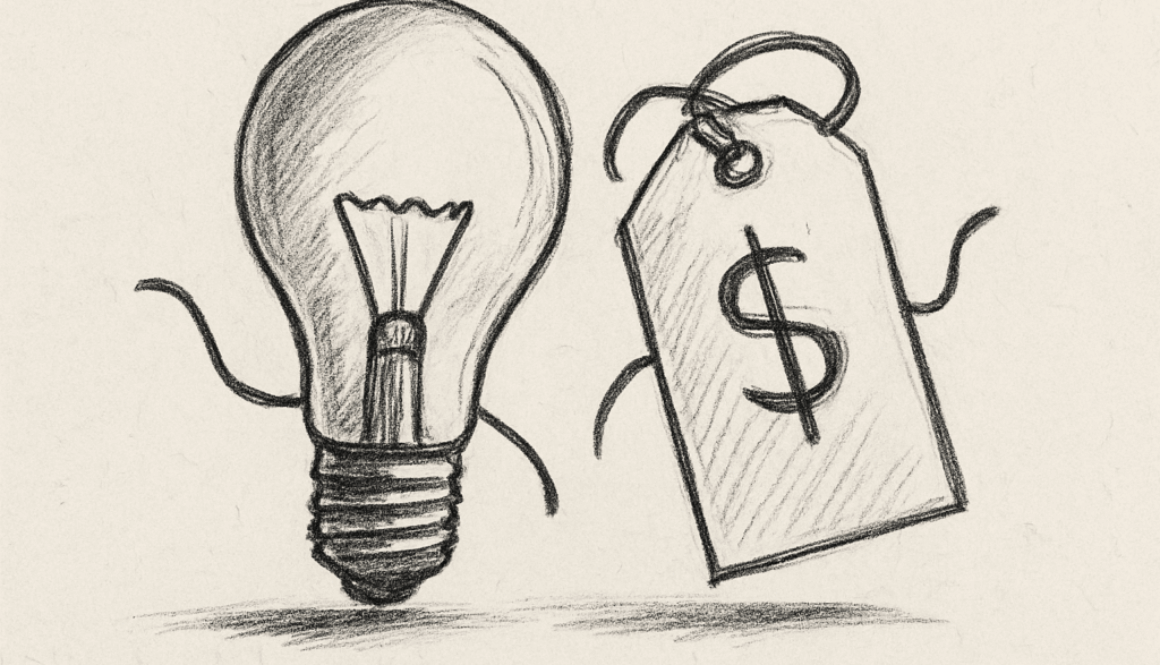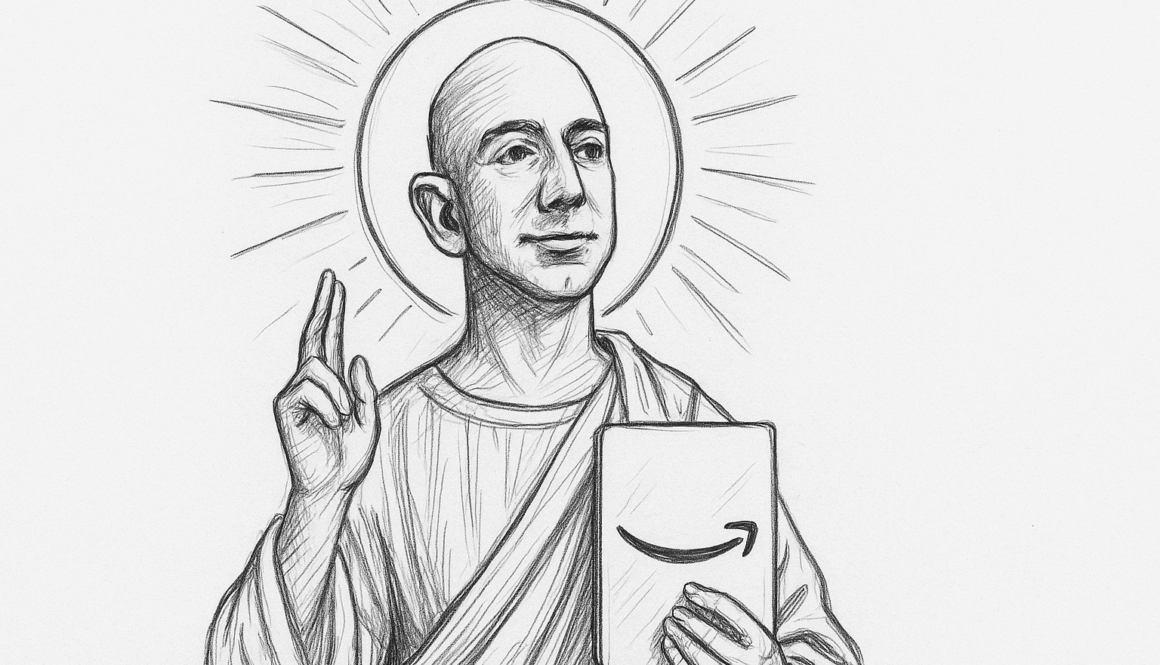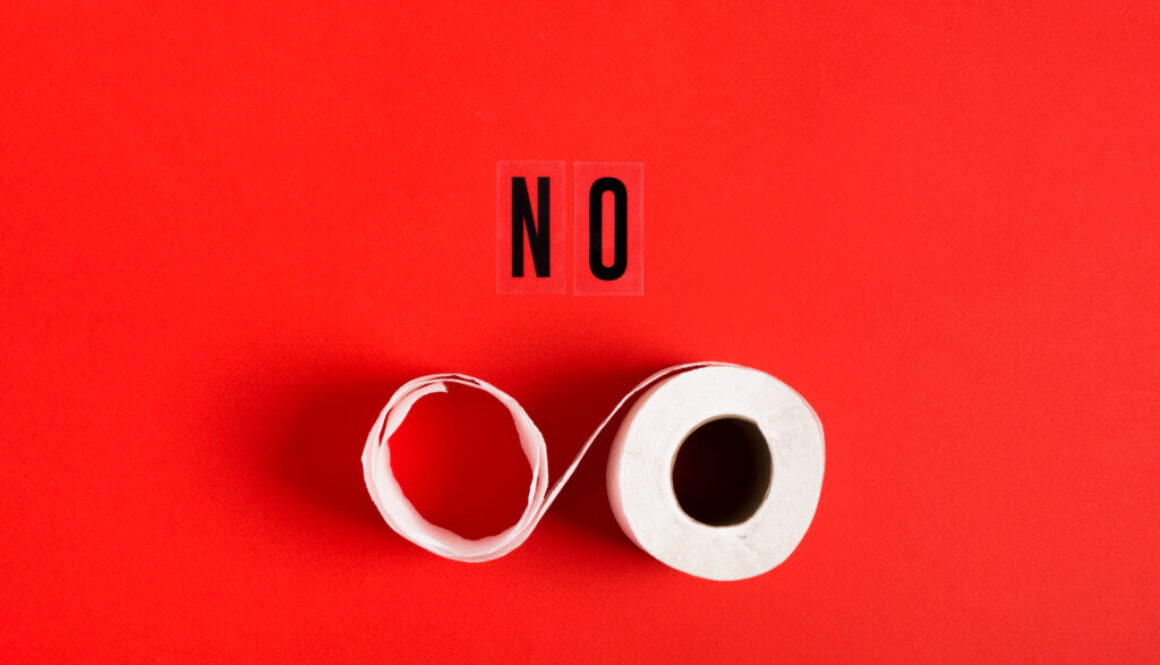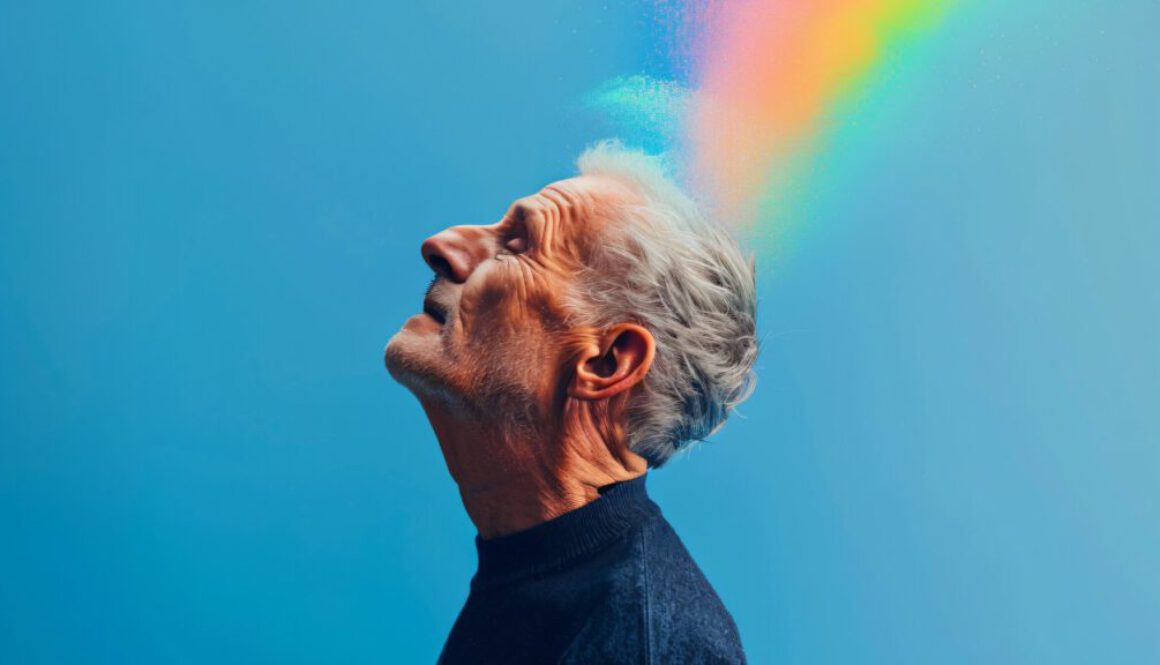The Economy of Empty
Hey hype chasers—
Let’s talk about a market that sells smoke and calls it strategy.
Most influencers don’t sell products. They sell redirection of attention—the illusion of intimacy, the fantasy of aspiration, the projection of trust.
It’s become a multi-billion dollar system built on rented audiences, repackaged identities, and algorithmic approval.
But behind the ring lights and curated chaos, what is the influencer economy? A new kind of enterprise? Or just another pyramid of perception with different aesthetics?
Spoiler: it’s more Ponzi than platform.
Welcome to the circus.
The Industrialization of Personality
The influencer economy is often portrayed as entrepreneurial empowerment. But it’s really the commodification of the self—a continuous performance monetized via brand alignment, affiliate links, and parasocial relationships.
Influencers aren’t just content creators. They are persona entrepreneurs. And what they sell isn’t products or services. It’s access to perceived lifestyle, taste, authority.
But when identity is the product, burnout is not a bug—it’s the business model.
Why Influence Feels Like Value (But Isn’t)
Economically, influence is treated like capital. More followers = more leverage = more fees.
But unlike traditional capital, influence decays fast.
- It’s non-transferable
- It’s highly volatile
- It’s platform-dependent
Most creators operate on algorithmic real estate they don’t own, with no CRM, no community infrastructure, and no loyalty mechanisms.
They mistake visibility for viability.
Recent estimates place the global influencer market at over $21.1 billion (2023), but the ROI is under growing scrutiny. A study by Influencer Marketing Hub shows only 18% of brands consider their influencer campaigns highly effective, with average ROI per $1 spent falling from $5.78 in 2020 to $4.12 in 2023.
And only 4% of influencers make over $100K per year—a reminder that virality doesn’t equal viability.

The Rise and Fade of Addison Rae
Addison Rae exploded from TikTok virality into the mainstream, securing roles in Netflix originals, a multi-year brand deal with Sephora, and a cosmetics line—Item Beauty—backed by Madeby Collective. In its early phase, the brand was distributed in over 500 Sephora locations across North America, with projections aiming for $20 million in first-year revenue.
But within two years, Item Beautywas pulled from Sephora’s shelves. The reason?
Fame isn’t a moat.
Despite Rae’s 80+ million TikTok followers, consumer loyalty didn’t translate into brand loyalty. Reviews were mixed, repurchase rates were low, and social buzz quickly plateaued. A report by NielsenIQ showed that influencer-branded cosmetics lines—excluding Rihanna’s Fenty—have a 35% lower average customer retention rate compared to legacy beauty brands.
The business wasn’t really Rae’s. It was Madeby Collective’s—a portfolio brand machine that plugged Rae’s image into white-labeled formulations and outsourced fulfillment, marketing, and product development. Rae was the face. The machinery behind it moved on.
It’s a classic case of rented trust without operational backbone. What looked like a personal brand empire was, in reality, a sandcastle built by third parties chasing fast ROI.
And when attention moved on, there was nothing left to hold it.
Who Holds the Real Power?
Follow the money, and you’ll rarely find it in the influencer’s hands.
The real players:
- Brand incubators who launch 10 creator-led brands to cash in on 2
- Private equity who flips audience into “valuation” and exits fast
- Talent managers who negotiate with CPG companies behind the scenes
- Agencies who turn creators into ad slots, and ad slots into revenue funnels
Influencers are distribution nodes in a machine they don’t control.
In 2022, L Catterton (backed by LVMH) invested $50 million in the skincare brand Topicals, co-founded by a 24-year-old influencer. But behind the youth-driven narrative lies a classic PE play: amplify hype, scale quickly, and prepare for acquisition.

Want to know how influencers “build” empires? They don’t.
They lease their name to structures others build:
- White-labeled manufacturers for merch and cosmetics
- Ghost teams for content, ads, customer service
- Fulfillment partners for logistics
What they bring is audience. What they lack is operational resilience.
Exception: MrBeast. He reinvested into structure, hired a CEO, built physical products, and designed a venture studio. That’s business. Not just buzz.
But for every MrBeast, there are hundreds of creators collapsing under the weight of scaled expectations and no support systems.
The Implosion Is Inevitable
What kills influence? Boredom. Scandal. Algorithm shifts. The next trend.
And it’s already happening:
- Engagement rates are plummeting across platforms
- CPMs are dropping for mid-tier influencers
- Consumers are skeptical, often mocking sponsored posts
Meanwhile, creators are churning through burnout cycles, while brands are quietly pulling back from influencer-first strategies.
A survey by Influencity in early 2024 showed that 47% of brands plan to decrease influencer budgets in favor of owned media and ambassador programs.
Influence is becoming noise. Not leverage.

Why It Still Grows (For Now)
Because it’s easy.
- Easy to sell to CFOs: “We’re targeting Gen Z.”
- Easy to justify: “Look at the metrics.”
- Easy to replicate: “Just find another creator.”
But easy is rarely sustainable.
The influencer economy is a house of cards on a rented plot of attention. And every platform update is a gust of wind.
Influence ≠ Impact
We live in the illusion of proximity. But real brands don’t scale proximity. They scale meaning.
You don’t need to chase collabs. You need to build context. And loyalty. And products that matter beyond a viral storytime.
Because when the likes dry up, when the cameras turn off, when the hype dies down—what’s left?
Hopefully, something real.
Until next time, stay true.
Alex
At Kredo Marketing, we help businesses build real impact—not just viral noise. If you’re tired of chasing trends and want a brand that lasts, let’s talk.
